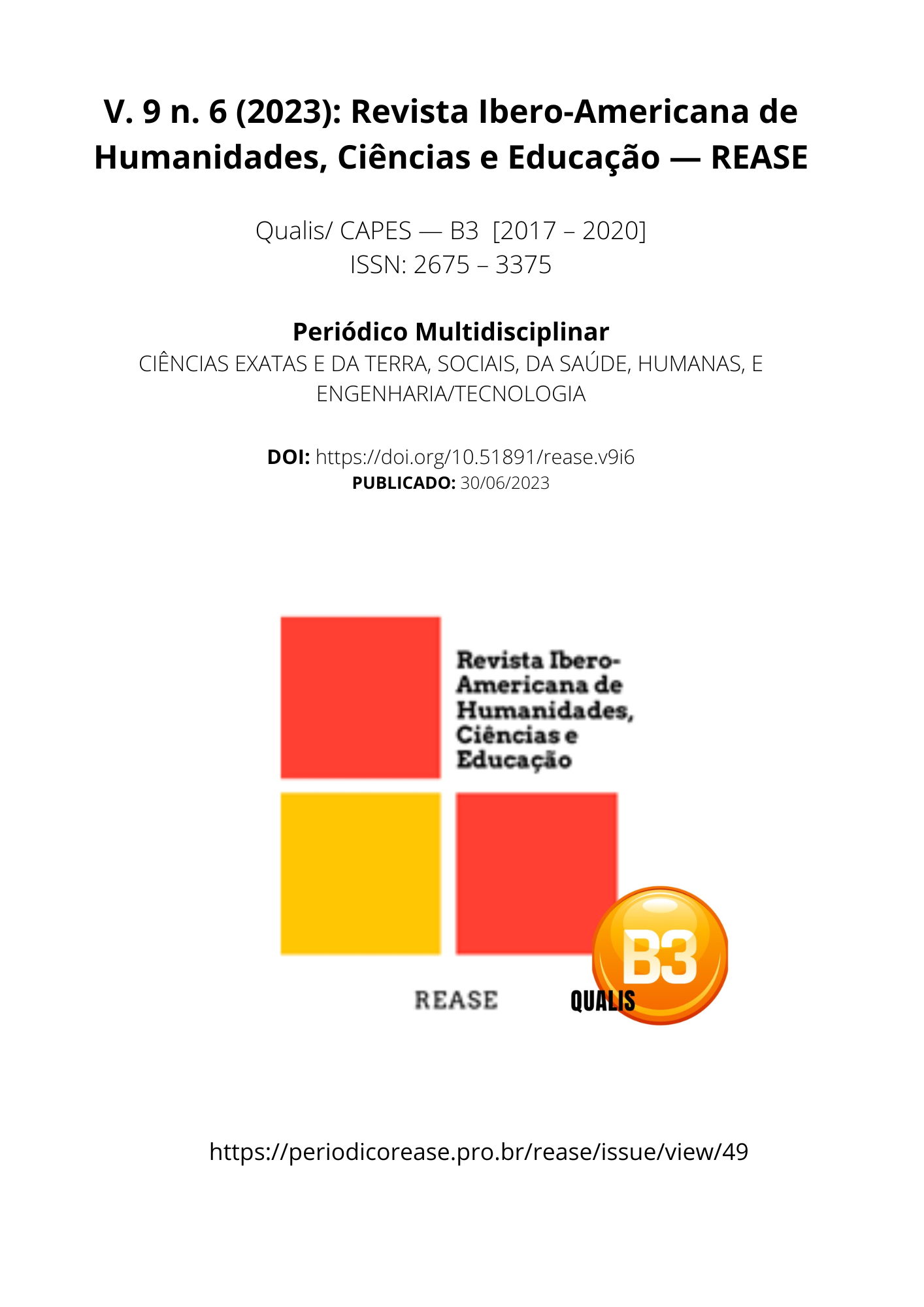VIVER COM PERTURBAÇÃO OBSESSIVO-COMPULSIVA: UMA REVISÃO DA LITERATURA
DOI:
https://doi.org/10.51891/rease.v9i6.10299Palabras clave:
Perturbação Obsessivo-Compulsiva. Qualidade de Vida. Vivências.Resumen
Introdução: A perturbação obsessivo-compulsiva é uma condição incapacitante caracterizada pela presença de ansiedade e onde a presença de pensamentos incómodos provoca na pessoa uma sensação de desconforto. A pessoa com perturbação obsessivo-compulsiva possui obsessões e compulsões capazes de interferir com o seu próprio funcionamento. O objetivo da realização deste estudo é compreender as vivências de uma pessoa com perturbação obsessivo-compulsiva.Métodos: Revisão sistemática da literatura, com inclusão de artigos científicos publicados entre janeiro de 2017 até dezembro de 2022. Foram selecionados cinco estudos randomizados controlados, seguindo a normativa PRISMA.Resultados: Todos os artigos selecionados demonstram que a perturbação obsessivo-compulsiva conduz a diversos prejuízos na vida das pessoas com esta perturbação.Conclusão: A perturbação obsessivo-compulsiva pode causar inúmeros impactos negativos que trazem diversos prejuízos à vida das pessoas, afetando as mesmas em diversas áreas desde relações sociais, familiares, no trabalho, a nível académico, nas atividades de lazer e também nas atividades de vida diárias.
Descargas
Descargas
Publicado
Cómo citar
Número
Sección
Categorías
Licencia
Atribuição CC BY

